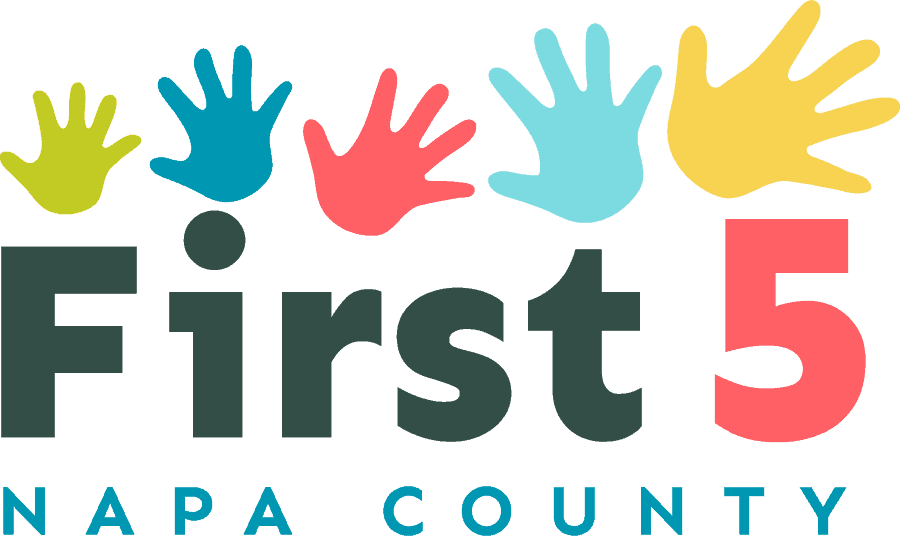First 5 California’s Annual Report
A Statewide Impact
First 5 Napa County is the local public entity delivering resources and programs for children ages 0 – 5 and the families and caregivers that serve them across the County of Napa; at the state level, similar work is overseen by First 5 California (the California Children and Families Commission).
First 5 Napa County’s Highlights/Impact
According the Census data there are approx. 6,000 kids ages 0 – 5 in Napa County, and our focus and our work is to serve them all, as well as the parents, families and caregivers that serve them.
From American Canyon to Calistoga, Pope Valley to Carneros and everywhere in between, our geographic boundary is the Napa County line, and our services are for Napa County residents. Napa is a uniquely wonderful and supportive place, but it can be a challenging one for those with young kids! We tailor our programming to the needs here.
Two programs launched in 2025 – the Napa County Imagination Library (a free book in the mail each month for kids 0 – 5!) and Napa County Safe Seats Program (free car seats for Napa County residents with young kids) – provide tangible support. At a time of rising costs, our work focuses on equity and helping families and kids get off to a great start!
See our programs page for more information about Imagination Library and Safe Seats initiatives.
Napa-County-specific highlights from the most recent First 5 California annual report (FY2024) are below:
First 5 Napa County issued Community Advocacy and Capacity Building Grants. Through the grants and partnership of our awarded organizations, we were able to support 253 unique children, five years old and under, and 302 primary caregivers. One grantee highlight is the Children’s Museum of Napa Valley, who used the funding to support the creation of a children’s museum style permanent pop-up in Napa County’s Health & Human Services, Self Sufficiency office. When asked about how the project may have built capacity, program staff indicated that the pop-up shows caregivers what is possible and may lead to them using the 56 ideas in other environments. “Having funding to get high-quality guided play where the families and the caregivers can see how educational and experiential play happens… they can see the difference. Then that grows into a conversation of how they can apply that either at home or at school or in those types of things.”
